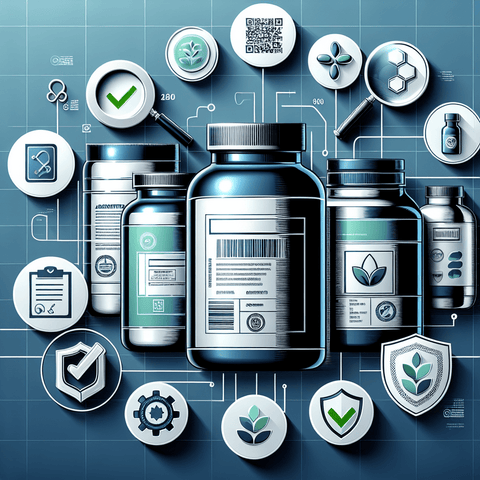Quality supplement sourcing centers on obtaining ingredients from partners who provide full transparency about their materials, methods, and provenance. It starts with clear ingredient specifications, robust supplier vetting criteria, and a commitment to safe, compliant manufacturing practices. By focusing on safety and transparency, teams build a robust supply chain with reliable records and provenance. In practice, quality supplement sourcing means mapping the supply chain, collecting documentation, and aligning on measurable standards for every component. To verify suppliers, implement a formal due diligence process. Request certifications such as GMP and relevant ISO standards, and review audit reports where available. Conduct or commission supplier audits to assess facilities, quality systems, data controls, and material handling. Require documentation like material specifications, Certificates of Analysis, and shelf-life data, and maintain a supplier scorecard that tracks performance, changes, and issue resolution. Revalidating suppliers on a regular cadence helps sustain confidence across the supply network. Traceability is a core pillar of quality supplement sourcing. Establish batch-level traceability from raw material receipt through final packaging, linking each lot to supplier, production run, and associated documentation. Use lot numbers, serial codes, and electronic records to map the chain of custody, and maintain change-control procedures for any supplier or process changes. A transparent record-keeping system should make it easy to trace a product back to its source materials and retrieve documentation quickly for audits or inquiries. Third-party testing adds an independent layer of verification. Rely on accredited laboratories and request COAs that clearly state the scope of testing, methods used, detection limits, and batch-specific data. Look for COAs that verify identity and purity and report on the absence of contaminants such as heavy metals or residual substances, with all critical parameters aligned to the ingredient specifications. Verify the lab’s accreditation (for example ISO/IEC 17025) and ensure COAs are linked to the exact batch used in production. Integrate testing results into supplier assessments and use this information to inform safer choices in quality supplement sourcing.

